You could just use your painting algorithm as a bases for checking if the MouseEvent is within a given area, but this becomes a mess to maintain
Instead, you could take advantage of Graphics2D shape API, which would allow you to define virtual areas and simply use it's contains functionality to test if the MouseEvent falls within one of those areas

(ps- You're line drawing code is a little skewed)
import java.awt.BasicStroke;
import java.awt.Color;
import java.awt.Dimension;
import java.awt.EventQueue;
import java.awt.Graphics;
import java.awt.Graphics2D;
import java.awt.Rectangle;
import java.awt.event.MouseAdapter;
import java.awt.event.MouseEvent;
import java.util.ArrayList;
import java.util.Arrays;
import java.util.List;
import javax.swing.JFrame;
import javax.swing.JPanel;
import javax.swing.UIManager;
import javax.swing.UnsupportedLookAndFeelException;
public class TicTacToeDemo {
public static void main(String[] args) {
new TicTacToeDemo();
}
public TicTacToeDemo() {
EventQueue.invokeLater(new Runnable() {
@Override
public void run() {
try {
UIManager.setLookAndFeel(UIManager.getSystemLookAndFeelClassName());
} catch (ClassNotFoundException | InstantiationException | IllegalAccessException | UnsupportedLookAndFeelException ex) {
ex.printStackTrace();
}
JFrame frame = new JFrame("Testing");
frame.setDefaultCloseOperation(JFrame.EXIT_ON_CLOSE);
frame.add(new TestPane());
frame.pack();
frame.setLocationRelativeTo(null);
frame.setVisible(true);
}
});
}
public class TestPane extends JPanel {
private List<Rectangle> quads;
private Rectangle selected;
public TestPane() {
quads = new ArrayList<>(9);
MouseAdapter ma = new MouseAdapter() {
@Override
public void mouseMoved(MouseEvent e) {
selected = null;
for (Rectangle cell : quads) {
if (cell.contains(e.getPoint())) {
selected = cell;
break;
}
}
repaint();
}
};
addMouseMotionListener(ma);
}
@Override
public Dimension getPreferredSize() {
return new Dimension(200, 200);
}
@Override
public void invalidate() {
// When ever the size of the container changes, we
// need to revalidate the rectangles based on the new size
// of the container
super.invalidate();
quads.clear();
int width = getWidth();
int height = getHeight();
if (width != 0 && height != 0) {
int vGap = getHeight() / 10;
int hGap = getWidth() / 15;
width -= hGap;
height -= vGap;
hGap /= 2;
vGap /= 2;
for (int xPos = 0; xPos < 3; xPos++) {
for (int yPos = 0; yPos < 3; yPos++) {
int x = hGap + (xPos * (width / 3));
int y = vGap + (yPos * (height / 3));
quads.add(new Rectangle(x, y, width / 3, height / 3));
}
}
}
}
protected void paintComponent(Graphics g) {
super.paintComponent(g);
Graphics2D g2d = (Graphics2D) g.create();
if (selected != null) {
g2d.setColor(new Color(0, 0, 255, 128));
g2d.fill(selected);
}
g2d.setColor(Color.black);
Graphics2D g2 = (Graphics2D) g2d;
g2.setStroke(new BasicStroke(10));
//Vertical
g2.drawLine(this.getWidth() / 3, this.getHeight() / 10, this.getWidth() / 3, this.getHeight() - this.getHeight() / 10);
g2.drawLine(2 * (this.getWidth() / 3), this.getHeight() / 10, 2 * (this.getWidth() / 3), this.getHeight() - this.getHeight() / 10);
//Horizontal
g2.drawLine(this.getWidth() / 25, this.getHeight() / 3, this.getWidth() - this.getWidth() / 25, this.getHeight() / 3);
g2.drawLine(this.getWidth() / 25, (this.getHeight() / 3) * 2, this.getWidth() - this.getWidth() / 25, (this.getHeight() / 3) * 2);
g2d.dispose();
}
}
}
Have a look at 2D Graphics, Performing Custom Painting and Painting in AWT and Swing for more details
You might also want to have a look at Why not to draw directly inside JFrame, How to get the EXACT middle of a screen, even when re-sized, Java AWT drawString() does not display on window and How can I set in the midst? for reasons why you shouldn't override paint of a top level container like JFrame
